Where should you stay in Istanbul?
No matter where you stay in Istanbul, we can guarantee you’ll love it.
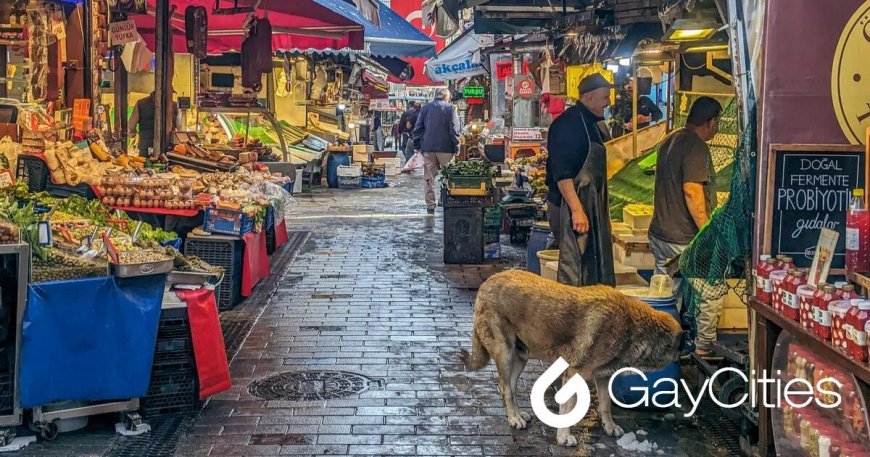

Over the past three years, Brent and I have spent four months living in Istanbul, Turkey. We think it’s one of the most interesting cities on Earth.
First, an acknowledgment: Turkey has recently gone very backward on LGBTQ+ rights. But our Turkish LGBTQ+ friends are unanimous in thinking that the best thing a foreigner can do to help change things is to come to the country, support LGBTQ+ businesses, and be as visible as possible.
We’ve also found that the idea that an LGBTQ+ person is “unsafe” here is greatly exaggerated. As a visitor, you will almost certainly not encounter problems if you avoid any overt displays of affection. (Which are not common in Turkey, whatever one’s sexual orientation.)
Pack your bags, we’re going on an adventure
Subscribe to our weekly newsletter for the best LGBTQ+ travel guides, stories, and more.
Subscribe to our Newsletter today
Which neighborhood to stay in
During our time in Istanbul, we’ve lived in four different neighborhoods and explored other parts of the city.
If you’re a Westerner planning a trip here, we recommend you stay in one of three different areas — based, in part, on how long you plan to stay.
- One week or less? We recommend Sultanahmet, the city’s historic center and the location of its most famous tourist attractions. This is the most conservative of the three neighborhoods.
- One month or less? We recommend Beyoğlu, a vibrant neighborhood less touristy than Sultanahmet but still very close to the major attractions. It’s also more liberal and easier to be out in.
- One month or more? We recommend Kadıköy, a trendy neighborhood popular with Westerners and expats. It is quieter than the other two but has lots of great amenities. This is probably the easiest neighborhood in Istanbul for LGBTQ+ folks to be out in.
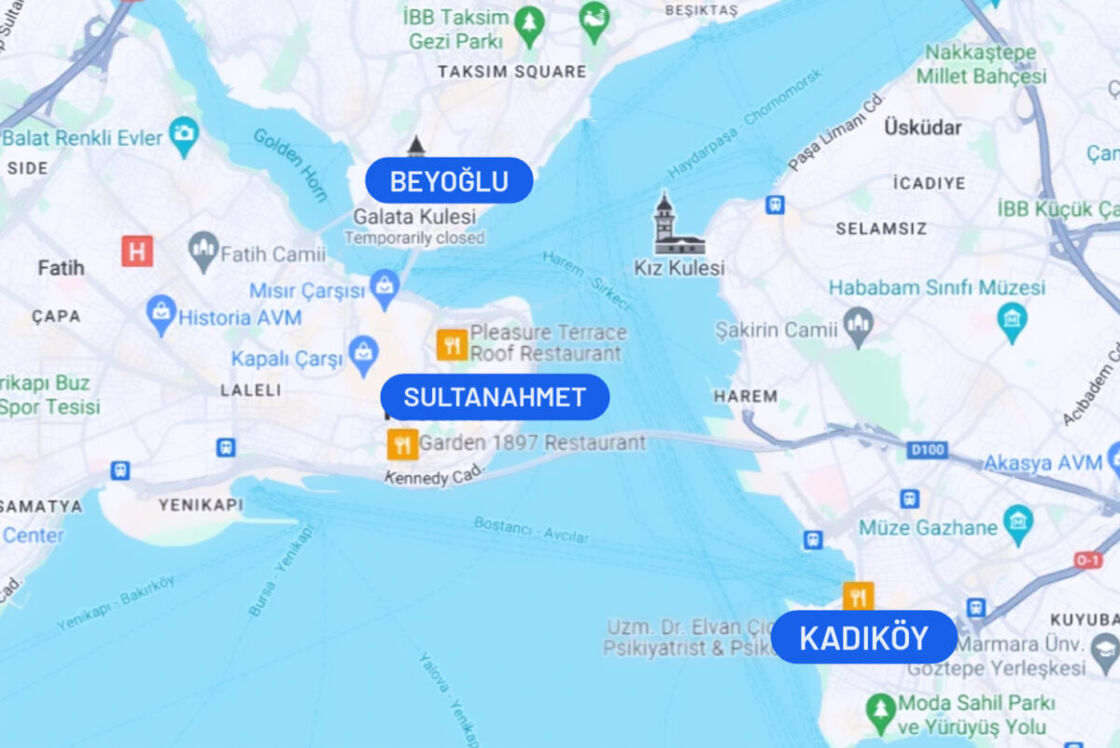
Before we begin, a caveat: every traveler has different backgrounds, interests, budgets, and fitness levels. If you have specific needs or interests, please do your due diligence.
Also, see our general Istanbul tourist recommendations and our other Turkey coverage.
Sultanahmet: One Week or Less
Sultanahmet is the historic center of Istanbul. This area was the ancient Greek city of Byzantium from the 7th century BCE until 330 CE, and until 1930, it was the slightly less ancient city of Constantinople.
Most of the city’s major tourist sights and attractions are here or nearby.
Where is it?
Sultanahmet is at the southern end of the Istanbul Peninsula. Istanbul is famously divided between Europe and Asia by the Bosporus Strait. Sultanahmet is on the European side and borders the Sea of Marmara and the Golden Horn.
It’s easily accessible by taxi, car, tram, ferry, and bus.

What’s here?
Sultanahmet is home to Hagia Sophia, the Blue Mosque, Topkapi Palace, Basilica Cistern, the Hippodrome, the Istanbul Archaeology Museums, and the Turkish and Islamic Arts Museum.

Technically, the Grand Bazaar and the Egyptian Spice Market are right outside this neighborhood, but they’re easily accessible by walking.
There are also an almost infinite number of hotels, restaurants, and cafes catering to tourists, not to mention rug stores, shops selling Turkish Delight, and other tourist amenities.
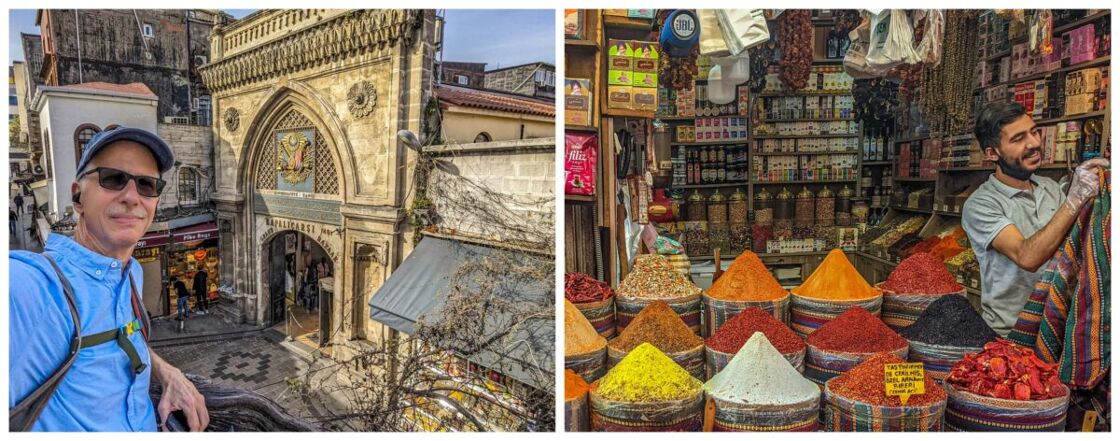
PROS:
Most major tourist attractions are all within easy walking distance of each other. This whole area is full of historic buildings, plazas, and parks, and it’s all quite charming.
English is widely spoken here, which isn’t true in all parts of Istanbul.
CONS:
This is by far the most touristy part of town, which can be trying in different ways. For example, everything is conveniently situated together, but that convenience costs: you’ll pay the most here for everything, including hotel rooms, meals, and souvenirs.
Since Istanbul is one of the most visited cities in the world, it isn’t surprising that this area gets very crowded. With all the tourist attractions here, it’s best to go earlier in the day and earlier in the season.
Istanbul’s high season is the summer, but July can be very hot. The Muslim holidays of Ramadan and Kurban Bayramı vary yearly but are also considered peak tourist times.
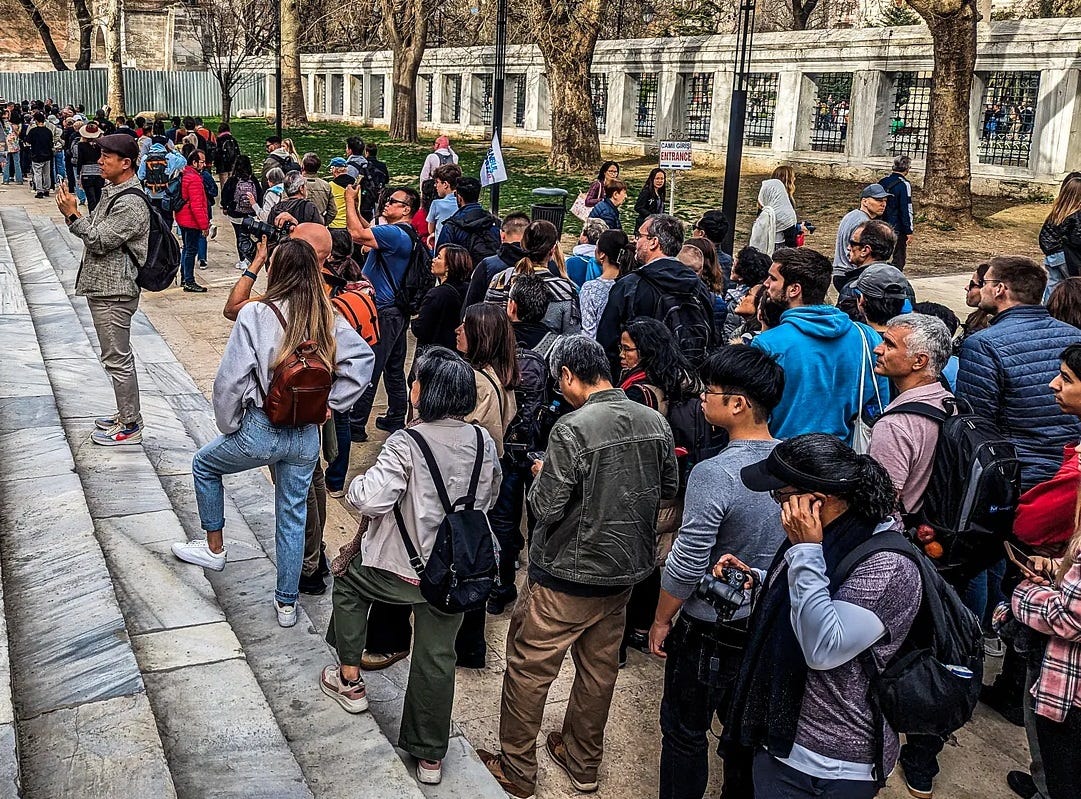
Shoulder season is March to May and September to November; the city is cheapest in December, but it can also be cold and wet.
Disabled visitors should be aware that accessibility is bad in almost all of Istanbul, but given the narrow sidewalks and cobblestone streets, it’s especially bad here.
In Sultanahmet, many local and visiting Muslim women wear traditional clothing, including full burqas. There are also fewer women in general, and some people might find this uncomfortable. The mosques require all women to cover their hair and shoulders, and both men and women must dress modestly. Shorts are not recommended.
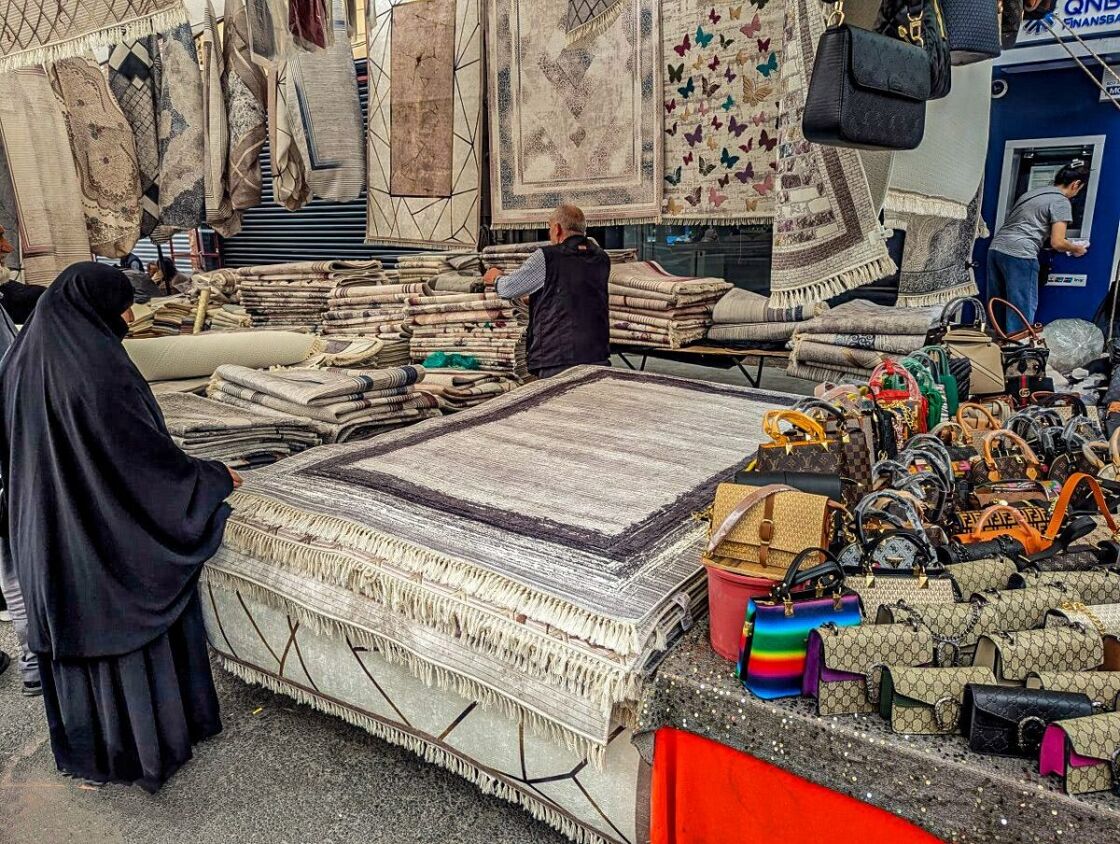
Finally, in this area of town, you will be approached by a lot of merchants — mostly rug dealers and restaurateurs. Our advice is to simply ignore them.
BONUS TIP: Buy your tickets for Basilica Cistern ahead of time here. Frankly, we thought that the smaller Theodosius Cistern was just as interesting as Basilica Cistern, but with a fantastic light show. It was also less crowded.
Beyoğlu: One to Four Weeks
The Beyoğlu district is less touristy than Sultanahmet but considerably more secular. It is filled with lively restaurants, nightlife, and plenty of shopping. This is one of the more LGBTQ-friendly parts of the city with the most gay bars, LGBTQ-friendly restaurants, and coffee shops.
Much of the district occupies a large hill divided into different neighborhoods, including Galata, Taksim, Cihangir, Kabataş, Çukurcuma, and Şişhane. These are the areas where visitors would probably most want to stay.
Where is it?
Beyoğlu lies directly across the Golden Horn from Sultanahmet, and it’s also bordered by the Bosporus Strait. Generally, the higher up the hill, the better off you’ll be, as that puts you closer to the main attractions and the better neighborhoods.
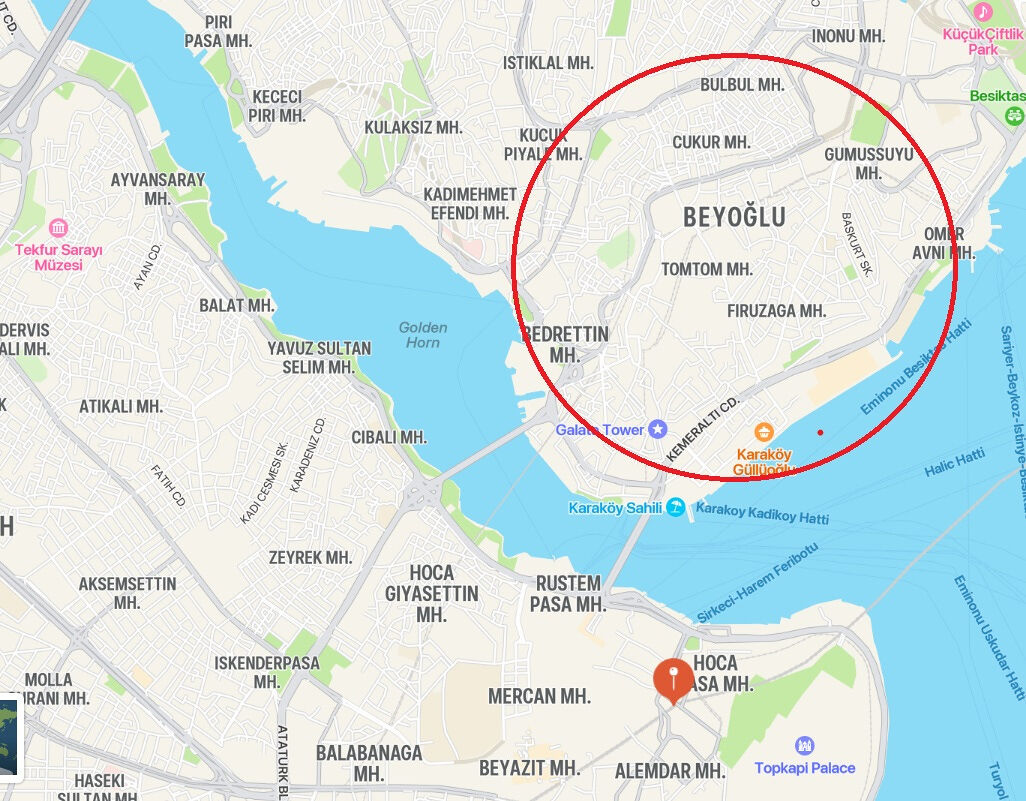
What’s here?
Beyoğlu’s most famous attraction is probably the seven-hundred-year-old Galata Tower, an iconic 66.9-meter structure widely visible throughout central Istanbul.
The tower has been a citadel, a prison, a look-out point, and — apocryphally — the spot where the world’s first recorded human flight began when, in 1638, a Turkish scientist named Hezârfen Ahmed Çelebi strapped wings on himself, jumped from the roof, and may have even flown across the Bosporus Strait into Asia.
Today, it’s a museum, but you can still climb to the top, which offers a great view of the city. (Note: Galata is currently closed due to ongoing renovations.)
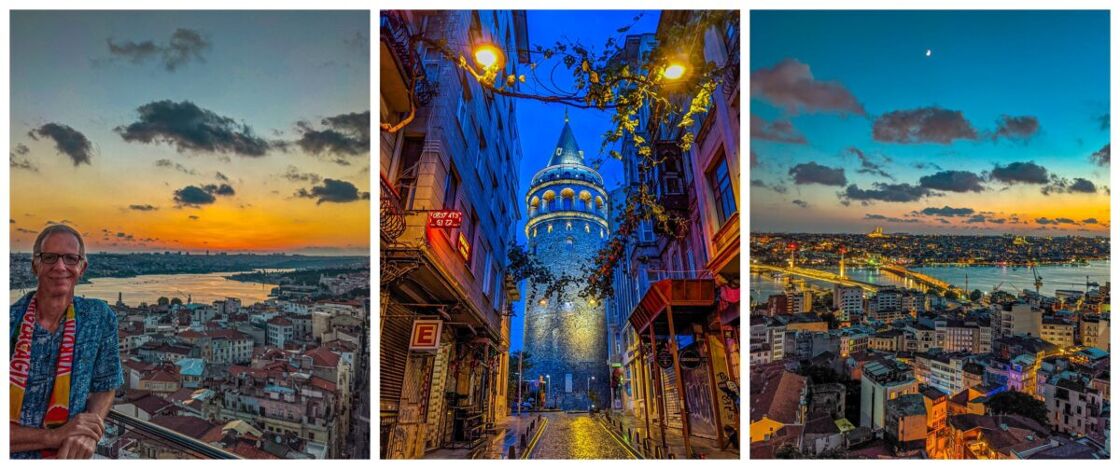
Beyoğlu is also home to Istiklal Street, a fantastic 1.3-kilometer-long pedestrian-only boulevard that runs along the top of the hill.
People come to Istiklal Street to shop, eat, and see and be seen. The street and its surrounding buildings and streets are packed with restaurants and shops of all kinds. Don’t miss the Turkish ice cream vendors who put on quite a show.
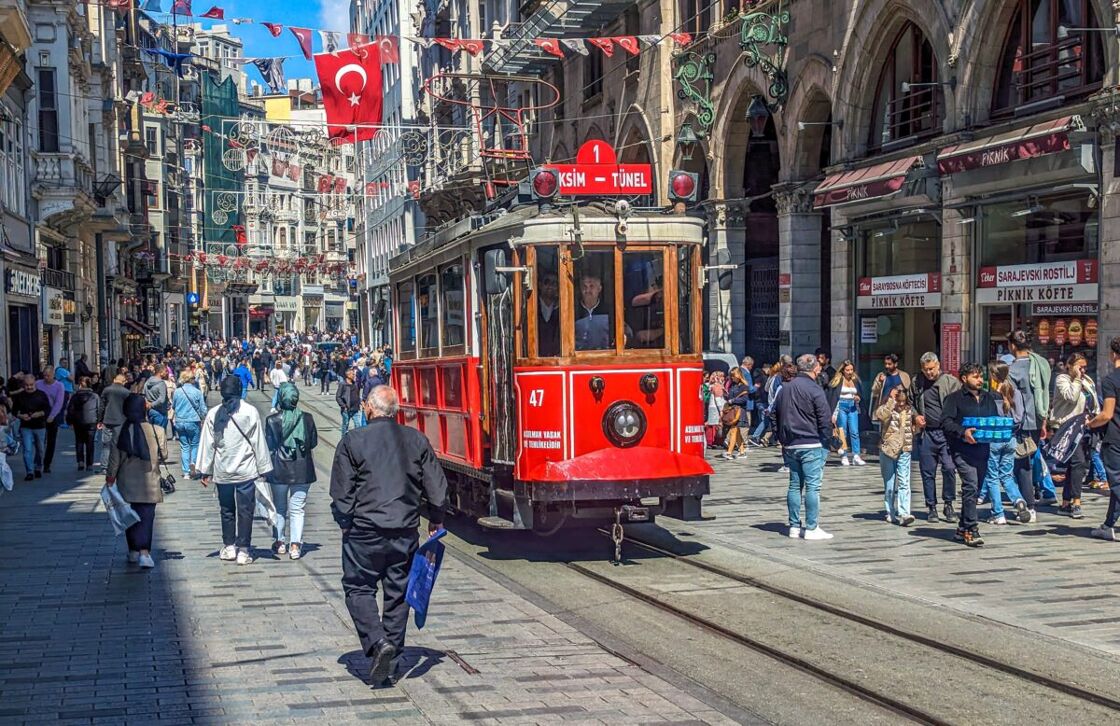
Other historical attractions in Beyoğlu include:
- The Tünel, a historic funicular on Galata Hill, was the world’s second fully underground urban railway (after the London Underground).
- Çiçek Pasajı, or the Flower Passage, is an elegant former flower market that is now mostly restaurants.
- Taksim Square is the culmination of Istiklal Street and is known for its famous mosque, frequent political protests, and all the nearby nightclubs.
- St. Anthony of Padua Church is the largest Catholic Church in Istanbul. Pope John XXIII preached there for ten years before being chosen as Pope.
Meanwhile, the neighborhoods surrounding Istiklal are a wonderful warren of cobblestone streets filled with restaurants and coffee shops, impressive street art, and endless quirky boutiques.

PROS:
Beyoğlu is centrally located with easy subway, bus, tram, and ferry access to the rest of the city. If you’re a walker like me, you can easily amble down the hill, across Galata Bridge — always lined with fishermen — and into the Sultanahmet neighborhood and its attractions. It’s not even three kilometers.
Beyoğlu restaurant and lodging prices are slightly more affordable than in Sultanahmet. And given that it’s a larger area, there are more to choose from.
And unlike Sultanahmet, pubs, bars, and nightclubs are plentiful. This area has a much more liberal and secular vibe than Sultanahmet; women dress more comfortably and colorfully, and there are more women in general.
CONS:
This area is less touristy than Sultanahmet but still pretty touristy! It can also be quite crowded, and all that nightlife can be loud. And prices aren’t that much lower. After several years of sky-high inflation, Turkey is not the bargain for Westerners that it used to be.
Beyoğlu is very urban, so a decided lack of green space exists. Also, for longer stays, the grocery store options are fairly limited. There are some outdoor markets and fruit and veg stands, but they’re not as plentiful as in other parts of the city.
Finally, this area is fairly gritty in places. Sometimes, the elegant decay is interesting, but sometimes, it’s just…decay.
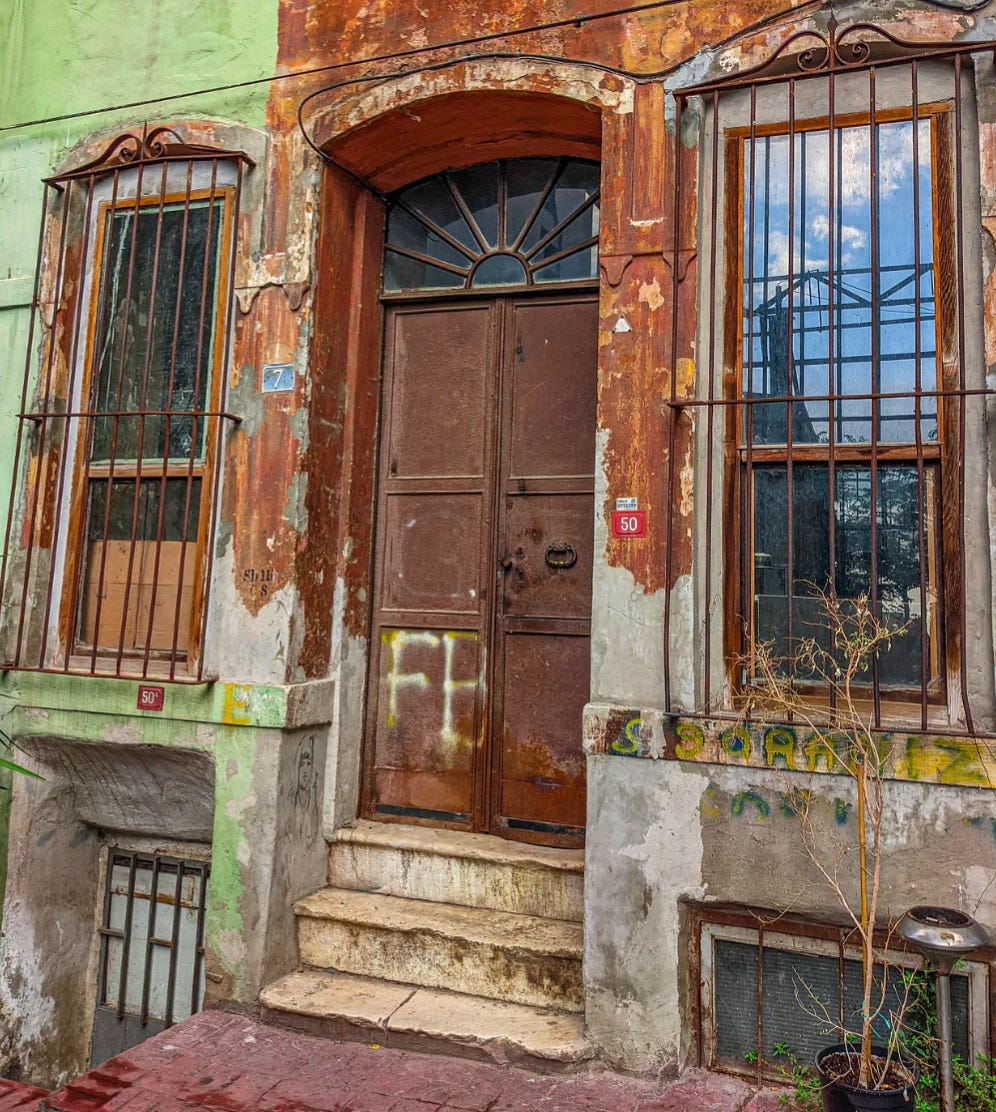
Kadıköy: A Month or Longer
Both Sultanahmet and Beyoğlu are very urban, active, and dense. Kadıköy is farther off the beaten path — home to both a busy commercial area and less frenetic residential neighborhoods. Many expats and members of Istanbul’s middle and professional class live here.

Where is it?
Kadıköy is on the Asian side of the Bosporus Strait, stretching along the northern half of the Sea of Marmara. The Princes Islands, a popular weekend getaway for many Istanbullar, are an hour’s ferry ride away to the south.

What’s here?
Kadıköy is a large district, but we recommend staying somewhere in the area circled above. The area around and above the small harbor with the ferry terminal is the busy commercial heart, while the opposite side of the peninsula is more residential.
Just up the hill from the ferry terminal, you’ll find the Kadıköy Fish Market, but don’t be fooled by the name. This large area of pedestrian-only streets is home to restaurants and shops selling produce, olives, cheese, meats, Turkish Delight, spices, and, yes, fish.
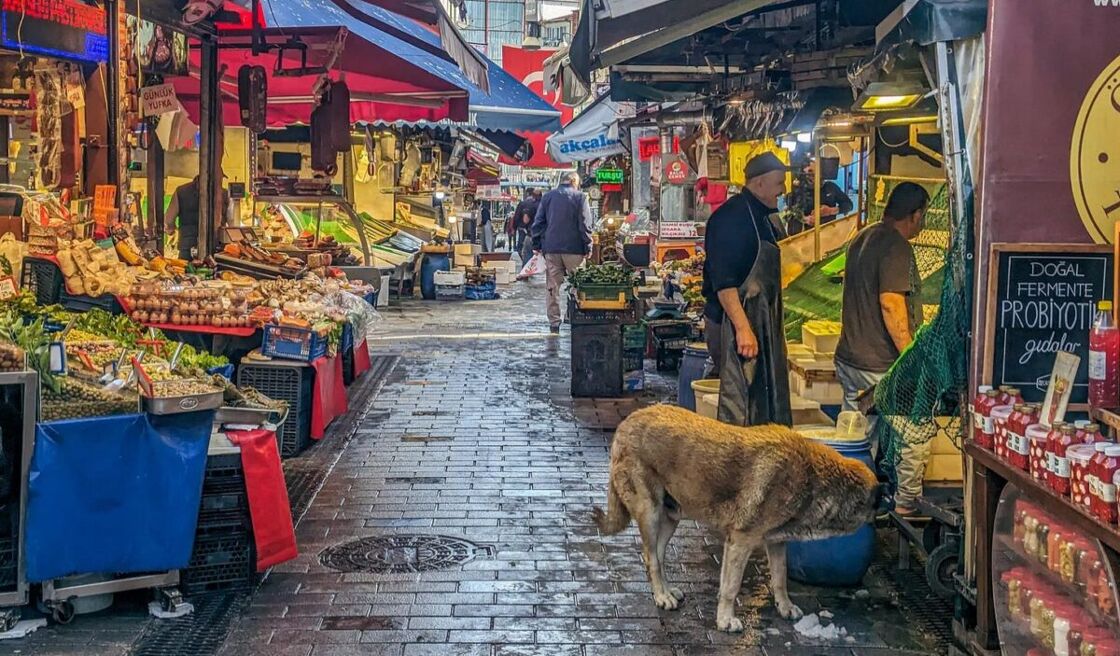
The area’s other notable attraction is the distinctive Haydarpaşa Train Station, which used to connect Istanbul to Baghdad. However, the station was closed in 2012 and is currently undergoing restoration.
Street art is also quite plentiful.
PROS:
Kadıköy is an incredibly easy place for a Westerner to live: it’s home to many expats and long-term nomads (along with some professional and middle-class Istanbullars); it has plenty of amenities; it’s very liberal and even more young and secular than Beyoğlu; and English is widely spoken. Naturally, it’s very LGBTQ-friendly.
Kadıköy has more green space than much of Istanbul, something we found lacking in other parts of the city.
We especially love the promenade that extends from the ferry terminal around the peninsula, eventually ending at Moda Sahil Park. There, you can play tennis, bike, or just sit and take in the views. One section of the park is also considered the “gay” section. Note that this does not mean cruising. Instead, this is just a section where folks from the LGBTQ+ community can congregate together.
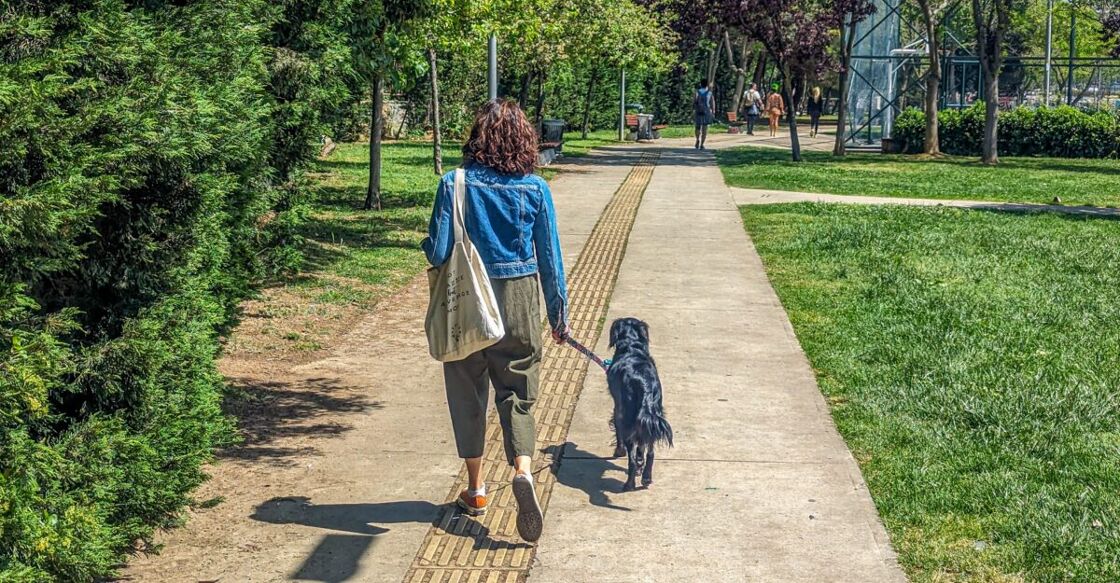
The huge Nautilus Mall has a massive grocery store, a cinema, a food court, a gym, and pretty much everything else you could want.
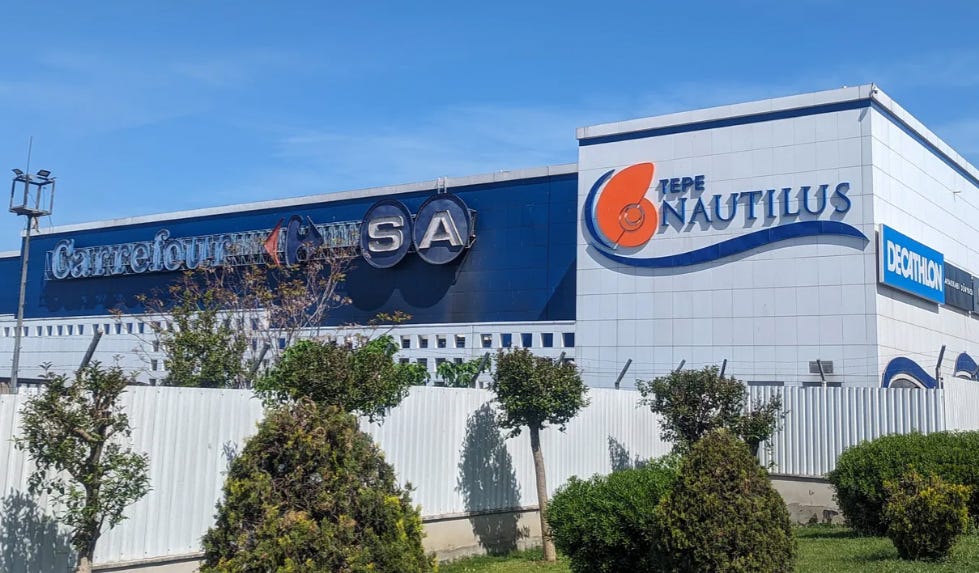
Acibadem Hospital — one of the city’s best hospitals — has a first-rate facility in Kadıköy.
This is a desirable neighborhood, but it’s still cheaper than Sultanahmet or Beyoğlu. You’ll also probably get a newer building with more space and amenities.
CONS:
Kadıköy isn’t where you come to see how the average Istanbullar lives or discover this city’s history or traditional culture.
Plus, since you’re on the Asian side of the city, you’re fairly far away from Istanbul’s top attractions (even if the view of them can be quite spectacular).

Public transportation is fine, with buses, ferries, and a fairly close subway stop. But you should still figure on about an hour’s travel time to reach other parts of the city.
No matter where you stay in Istanbul, we can guarantee you’ll love it.
See our general Istanbul tourist recommendations, and our other Turkey coverage.
Michael Jensen is a screenwriter, author, and half of a couple of traveling gay digital nomads. Subscribe to their free travel newsletter here.

 Mark
Mark 





